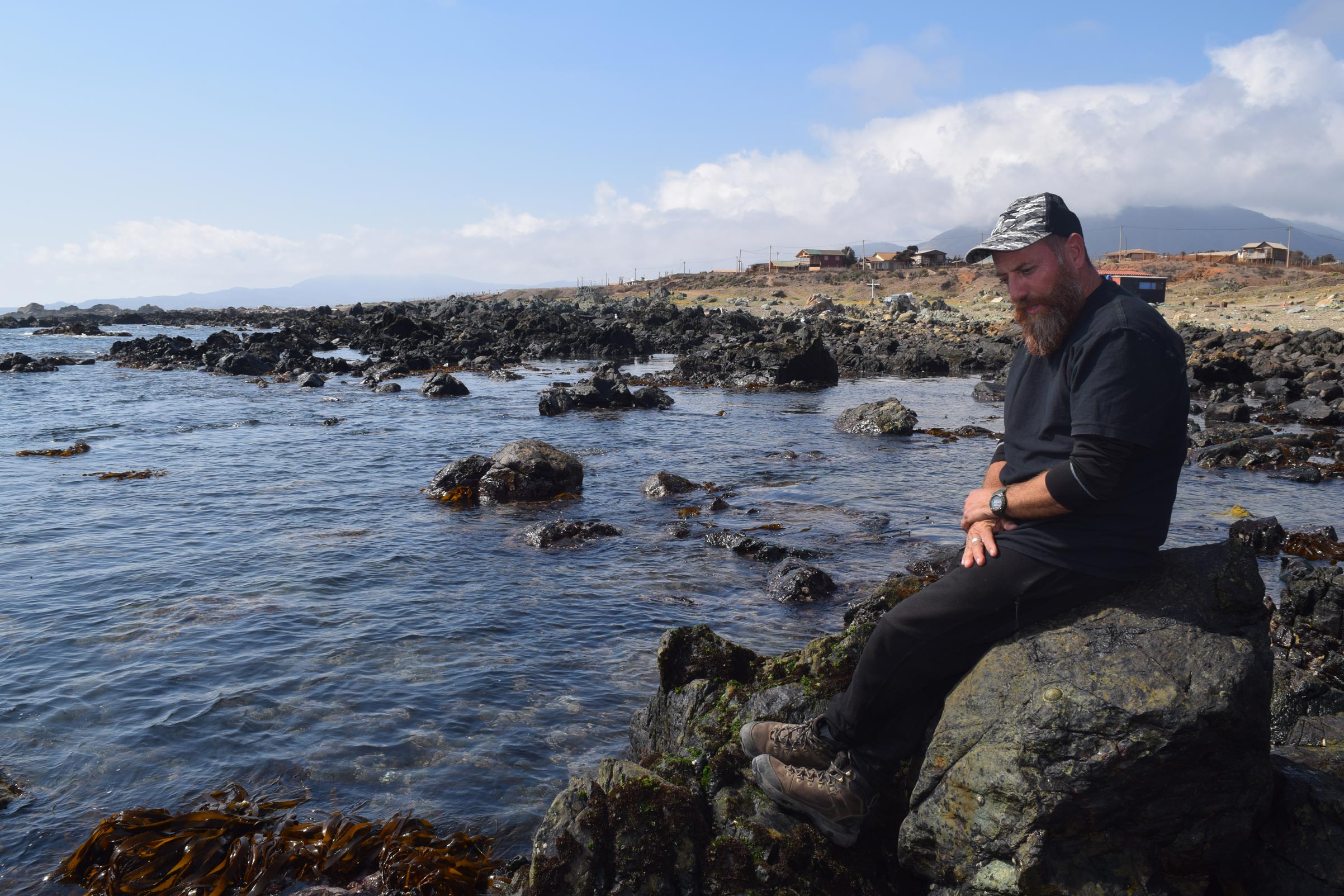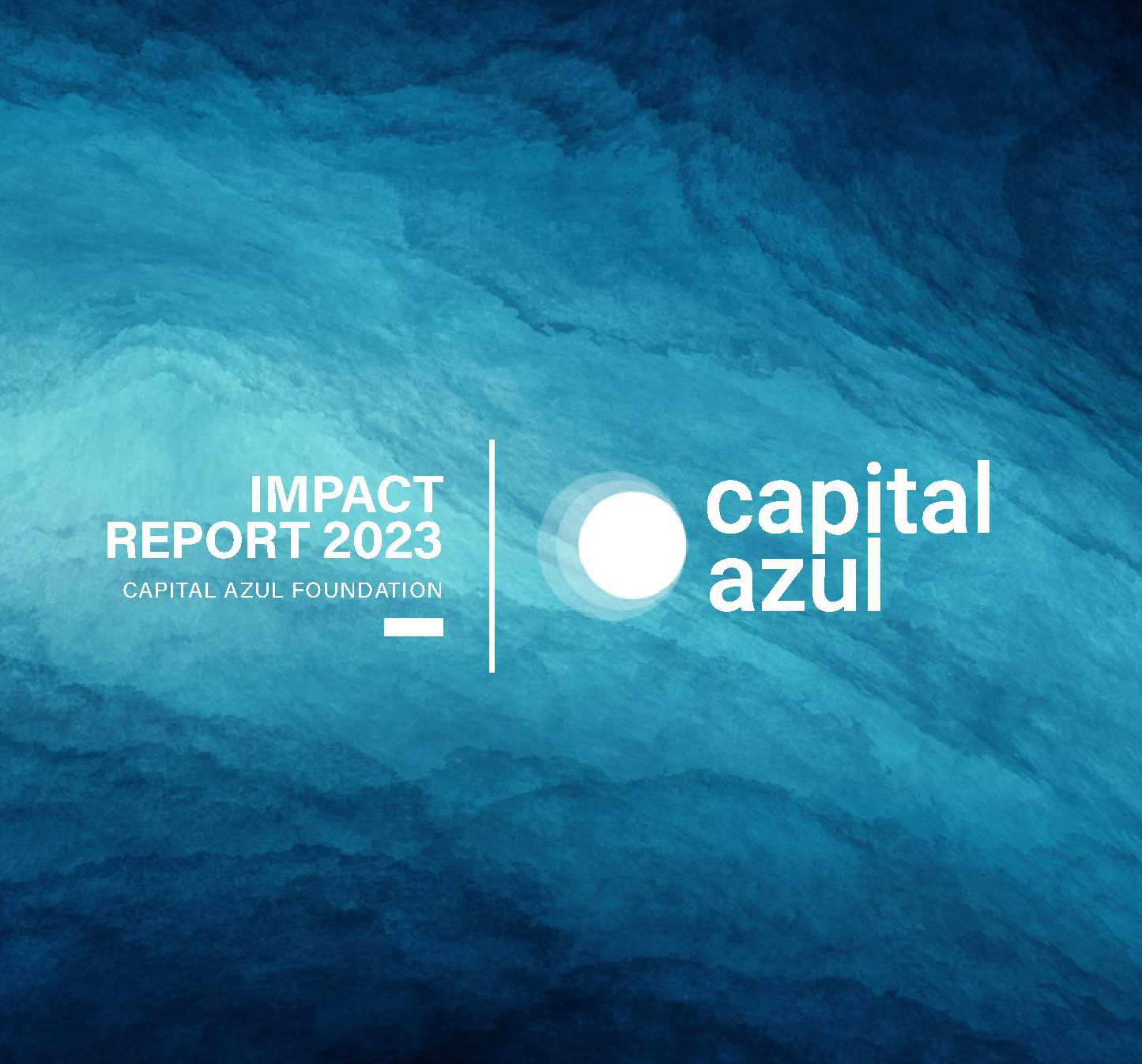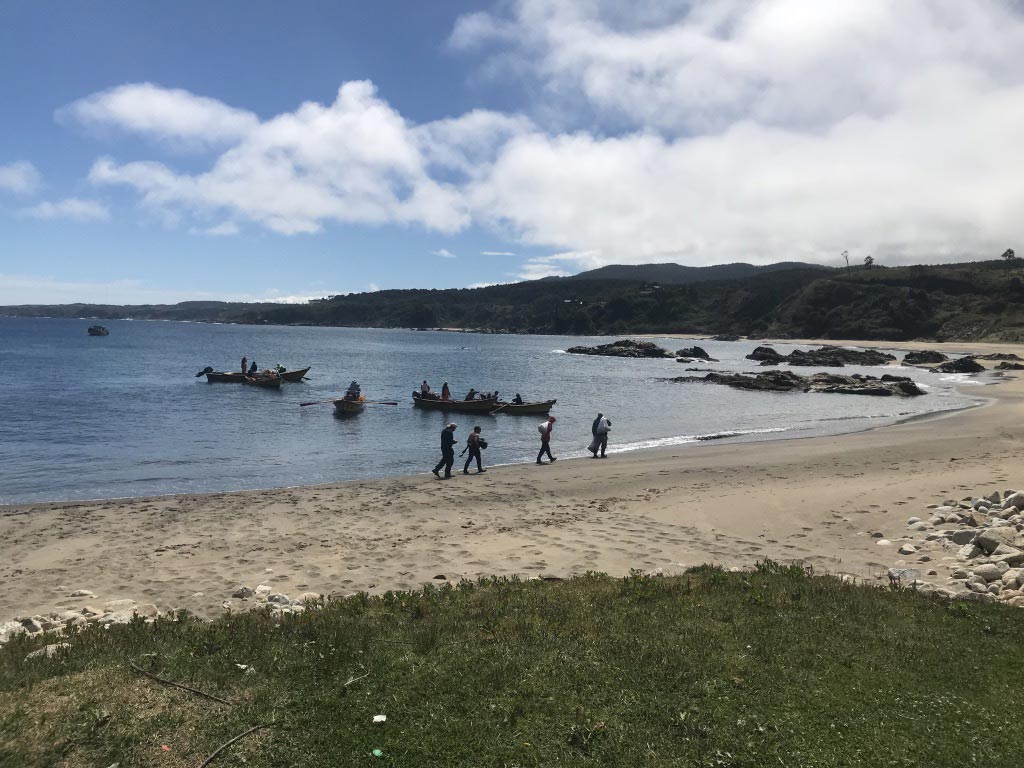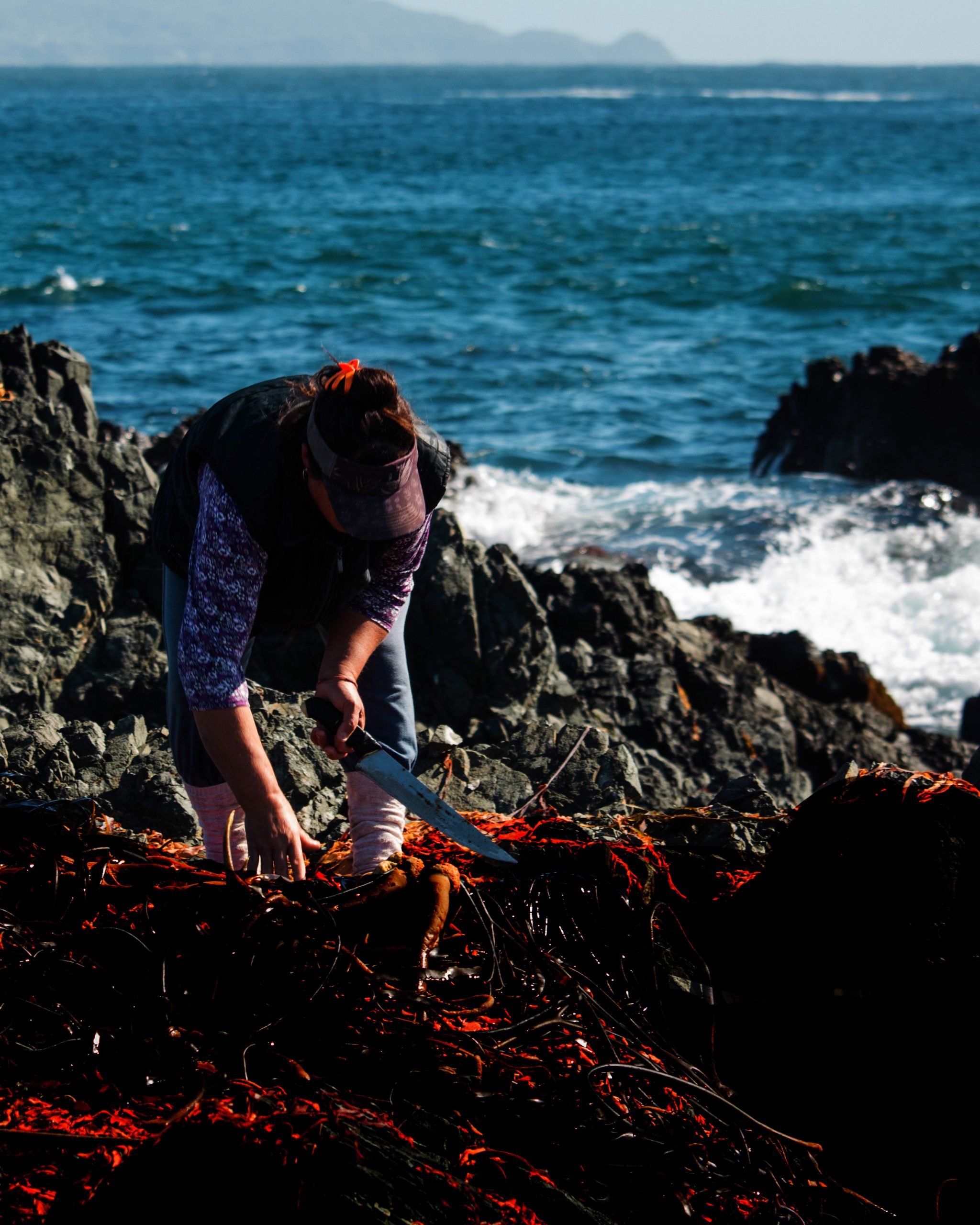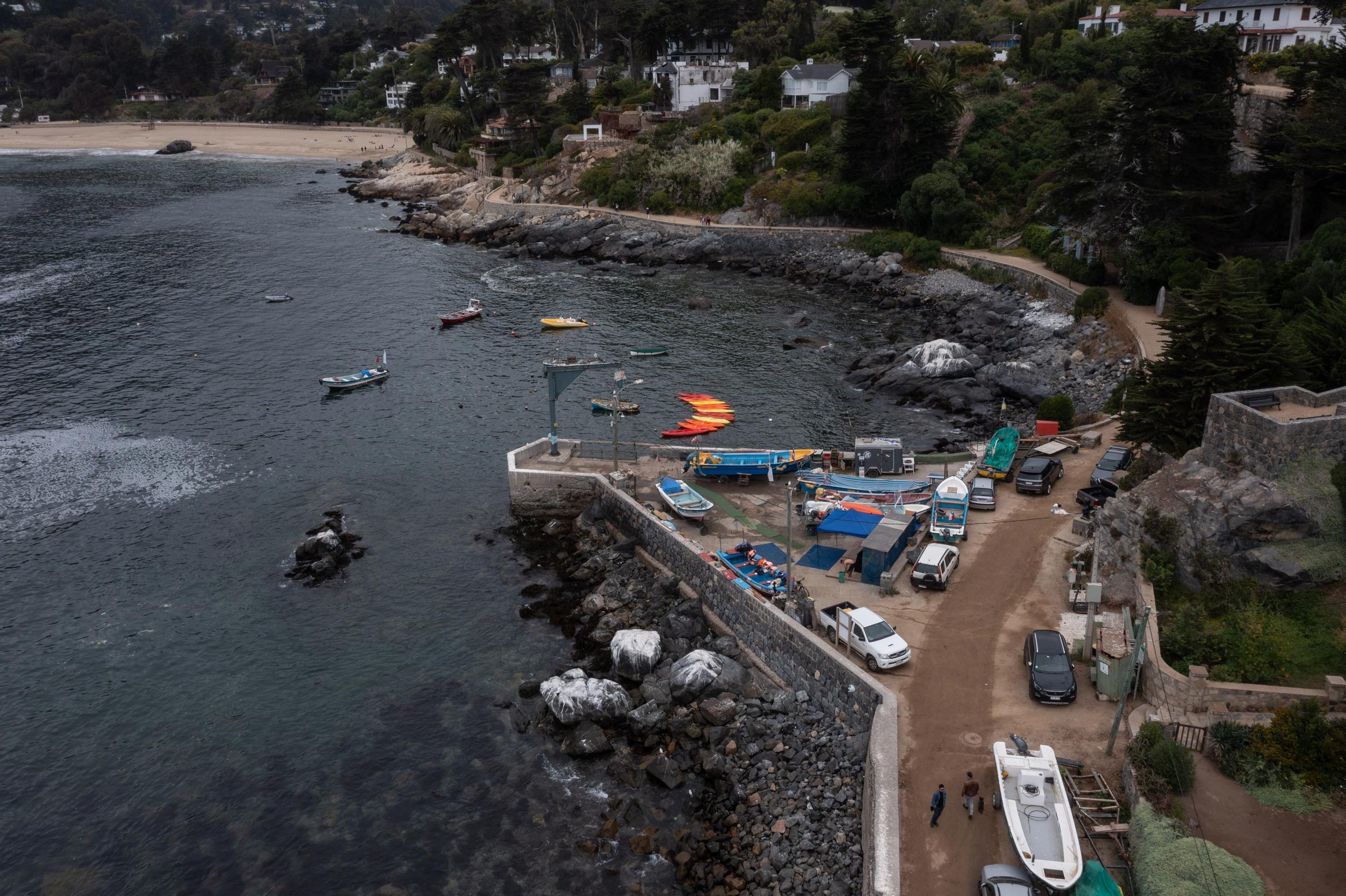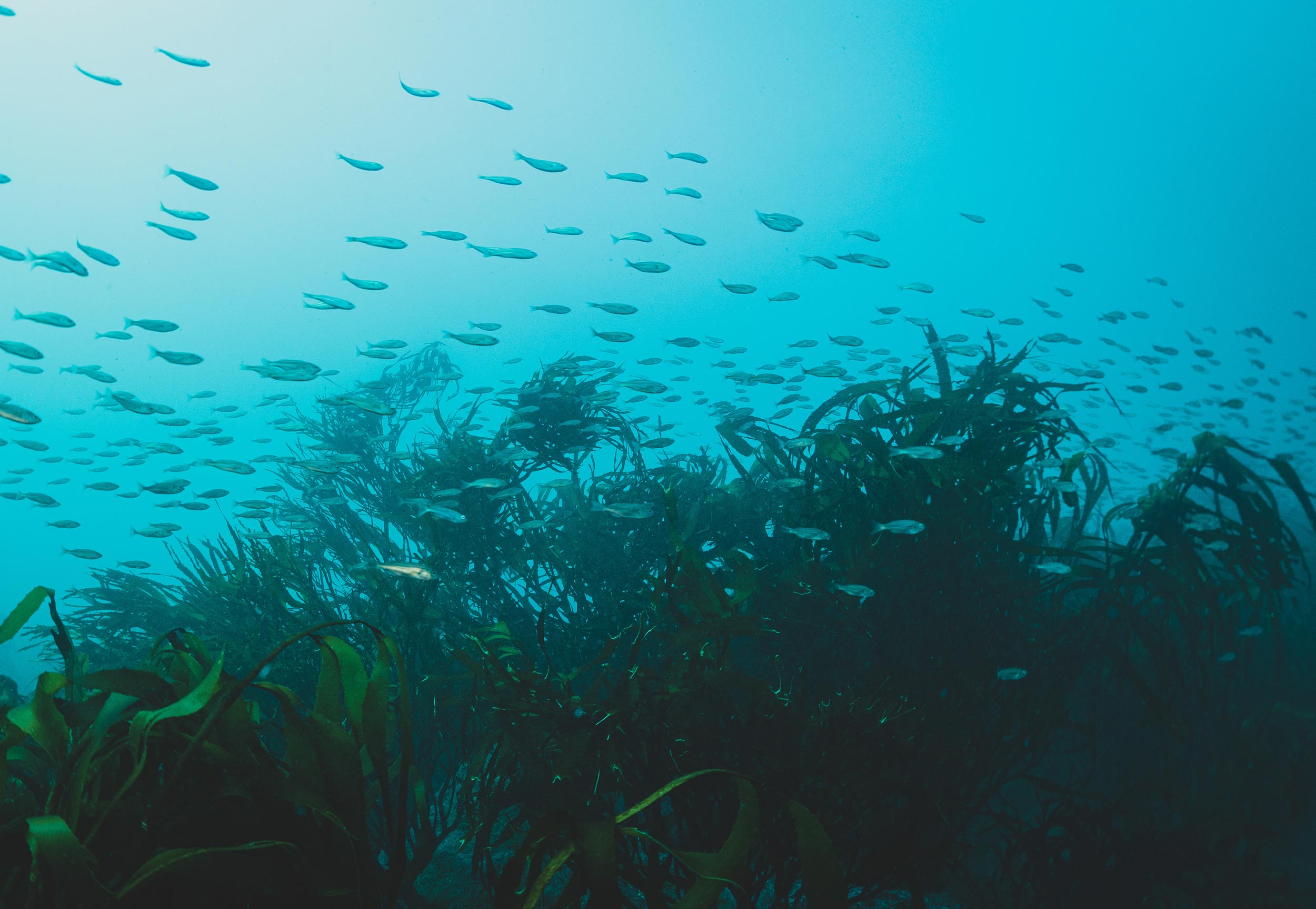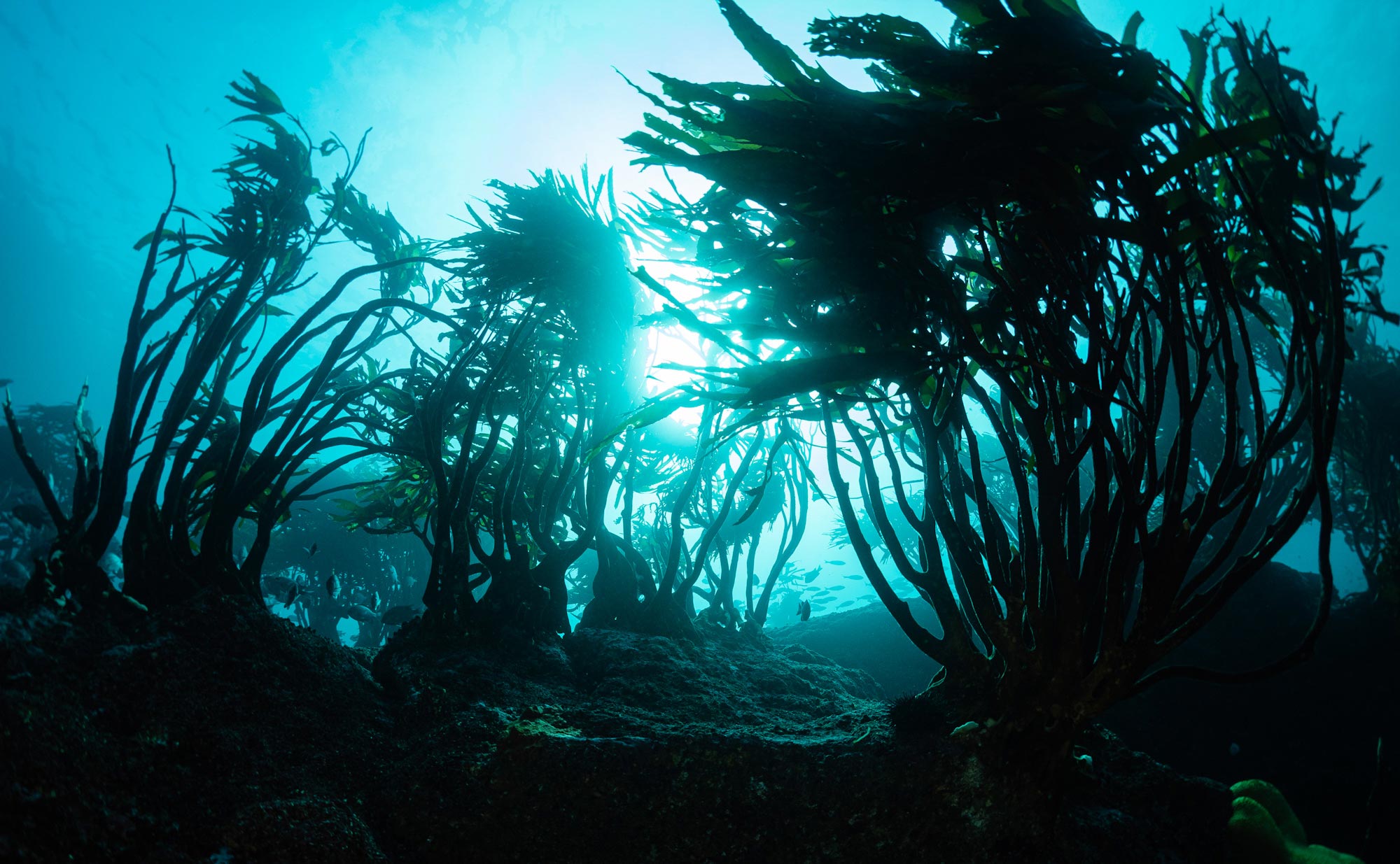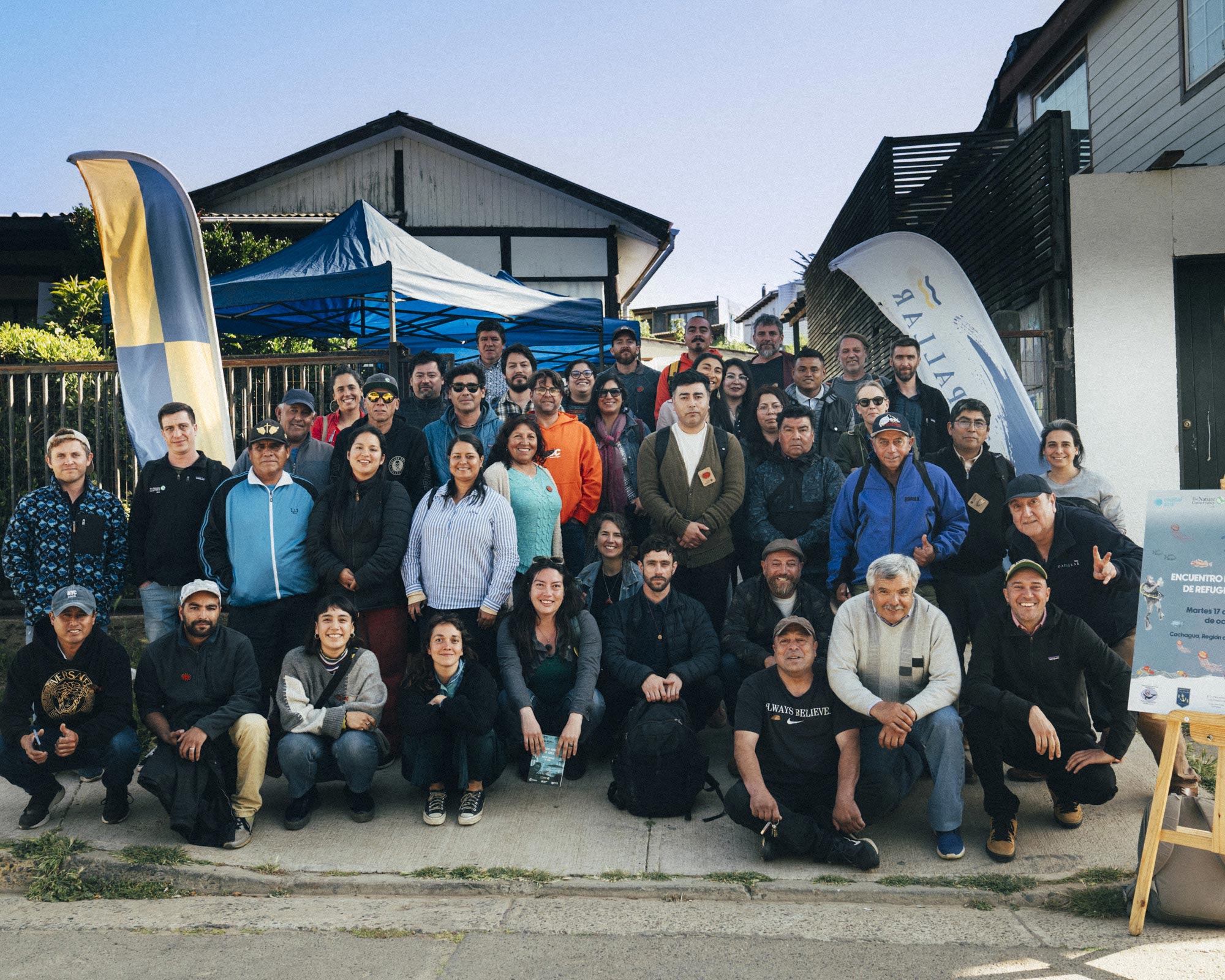From the road, the sea glistens in the distance, creating a strong contrast with the line that seems to draw as it meets the arid coastline. I head for the exit marked to La Ballena, and before going down to the main beach, I take a few minutes to take a long drive around the town. Along the road that winds along the coastline there are scattered some of those yellow stones characteristic of this place, also known as La Polcura, although its “official” name, as the signs on Route 5 indicates, today refers to a cetacean.
Here life goes by peacefully, with a view of the sea and with the permanent sound of the waves marking the daily rhythm. The overwhelming speed of the highway vanished completely as soon as I crossed the threshold of this small town located near Los Molles, at the northern entrance of the Valparaíso region.
All of a sudden, the stillness is interrupted by a boat that ashores on the central beach of La Ballena, where in alliance with the La Polcura Artisanal Fishers Union, Capital Azul Foundation managed to establish a TURF-Reserve. From that same boat, John Galiardi, who has been in charge of leading this group of seaweed harvesters, divers and fishers, descends. Owner of a prominent coppery beard, Galiardi is a marine biologist who spent much of his adult life in Spain before returning once again to La Ballena, where he used to vacation with his parents as a child.
After a few years as president of the union, Galiardi looks back and in his narrative even he himself is surprised at the unimagined achievements, including the acquisition of boats and the establishment of the TURF-Reserve. As a good marine biologist, he never forgets the importance of science.
“They are an important element for studies and will be fundamental to demonstrate over time the true growth of something natural,” says Galiardi, who acknowledges that at the beginning it was difficult to convey the concept within the partners. “Before, they were predators, they didn’t spare even the smallest abalone because it was their main source of livelihood. But they began to appreciate that the resource has to be sustainable,” he adds.


Before, they were predators, they didn’t spare even the smallest Chiliean abalone because it was their main source of livelihood.
That change of mentality has gone hand in hand with other factors, but what is concrete is that in addition to the TURF-Reserve established in alliance with Capital Azul, another non-extractive zone has been set aside within the Territorial User Rights for Fisheries (TURF or AMERB, as abbreviated in Spanish) with the intention of having a new “natural seedbed” for the six species they work with: chilean abalone, limpet, sea urchin, crab, huiro palo and huiro negro (local kelps). Despite the short time that has elapsed, the results are already encouraging. “The richness of the chilean abalone is phenomenal here, it’s like a garden of Eden,” says Galiardi about his star product. “But the partners had to be made aware and told that the only way to be productive was to take care of the area”.
In all this time, this marine biologist has tried to pass on some of his knowledge to the members of the union, and he is excited to confess that in the end he is the one who has learned the most on this road full of surprises. “They are wonderful people who know the art; they have taught me everything…I may be theoretical, but in practice it’s entirely different,” he says. “Sometimes I’m picking seaweed just like them and I fell pretty hard. They laughed their heads off and shouted ‘that’s my president’. And that’s how I’ve been learning to walk on the slippery rocks,” he says, letting out a chuckle.
Strengthening the TURF
John Galiardi is aware that Capital Azul has opened several doors. Recently, the union was awarded a fund of around five thousand dollars to acquire equipment that will allow better surveillance of the TURF thanks to a drone, binoculars with night vision, a four-wheel motorcycle and informative signs. This will give the possibility to confront illegal resource extraction even in the pitch dark of night. Galiardi assumes that having more working tools will strengthen the TURF and consolidate the union.
“A TURF is nothing if we don’t take care of it. That is the basis of everything. If you don’t look after it, Pedro, Juan and Diego start eating the product, and not only those who come from elsewhere. My idea is not to lose focus. If they sneak out chilean abalones, they are not hurting me, they are hurting themselves, and the 27 partners started to think differently. Taking care of the TURF is important because in the end it belongs to everyone. The resource doesn’t belong to just one person,” the marine biologist emphasizes.
Walking along the coast of La Ballena, it is odd not to see the figure of San Pedro. The union already has six boats, but its members are still waiting for the decree that makes them as an official cove, which is why today they must unload the abalones in Los Molles. This explains the absence of the fishers’ patron, despite the fact that there is already a platform ready to receive him. Galiardi points to a large rock that will house it, and he says hopefully: “I believe that this year we are going to get our resources out from here”.


A TURF is nothing if we don’t take care of it. That is the basis of everything. If you don’t look after it, Pedro, Juan and Diego start eating the product, and not only those who come from elsewhere. My idea is not to lose focus. If they sneak out Chilean abalones, they are not hurting me, they are hurting themselves, and the 27 partners started to think differently.



